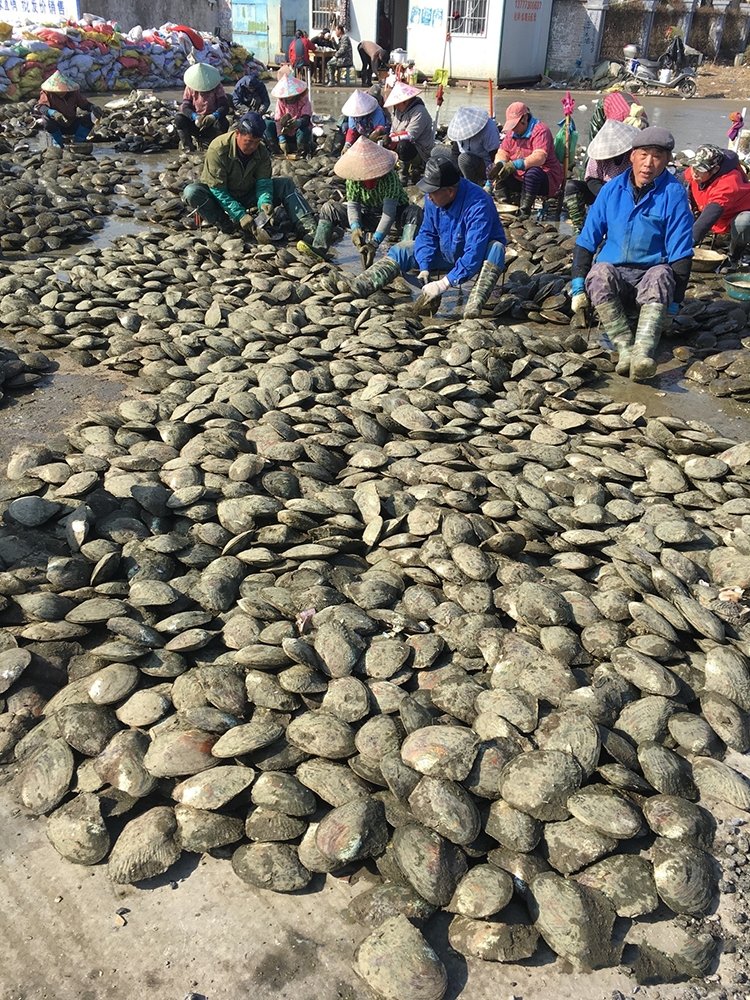
Freshwater pearls are very common in China, and they are also the most widely cultivated pearl species.
Freshwater pearls mainly include four kinds: no nuclear freshwater pearls, Edison freshwater pearls, nuclear freshwater pearls, special-shaped freshwater pearls.
There are five main types of seawater pearls: Nanyang golden pearl, Tahiti black pearl, Australian white pearl, Japanese Akoya pearl, and Mabei pearl. Note that all seawater pearls are nucleated pearls!
Four main types of freshwater pearls
No nuclear freshwater pearl
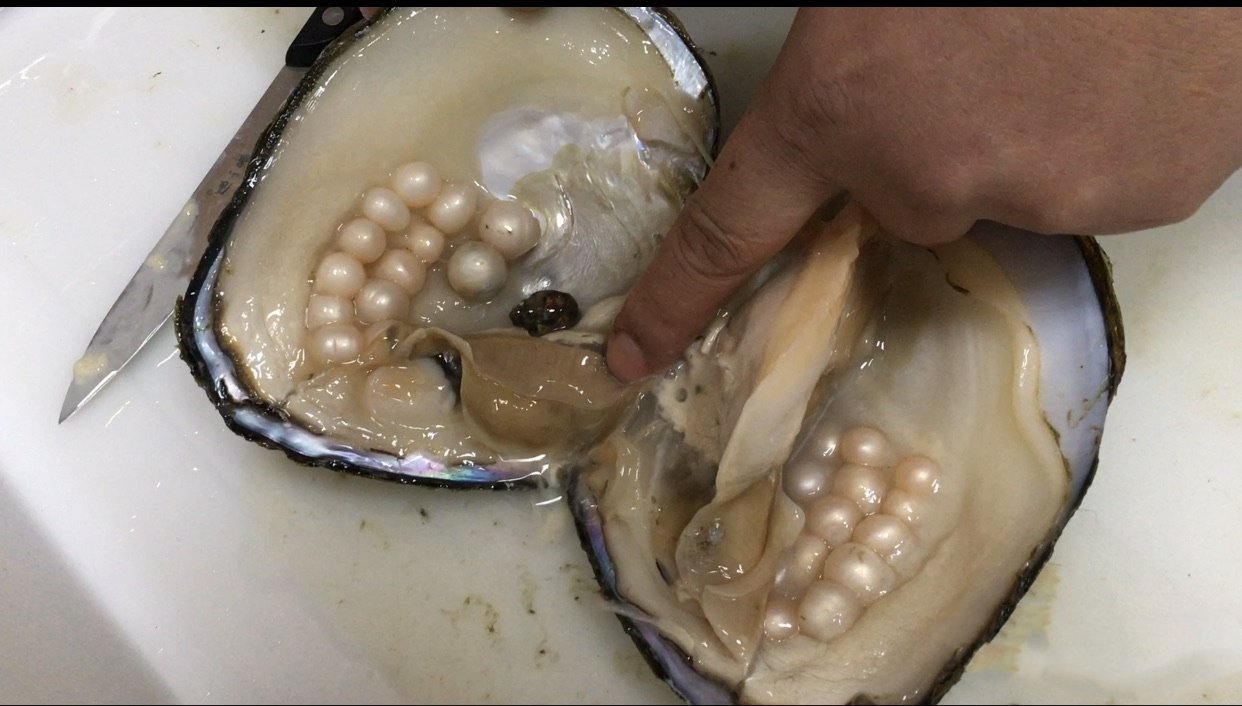
A mussel contains many pearls, no nuclear, by the young mussel inserted into the shell skirt to stimulate the formation of pearl. Bead shapes are different. There are strips, flat circles, rice grains, circles, and other shapes. A natural pearl is more rice white yellow, mixed with purple, kumquat color.
Advantages: large output, relatively low price, and because of the non-core, pearl skin is delicate, pearl light is warm and moist, and the ability to keep light is strong, not easy to go out.
Disadvantages: the top pearl is less, and because of layer by layer thick, relatively pearlescent, no nuclear pearl so bright. (Note: freshwater pearl is the only raw material for pearl powder because it is no nuclear . The pearl powder is of higher purity.)
Edison pearl
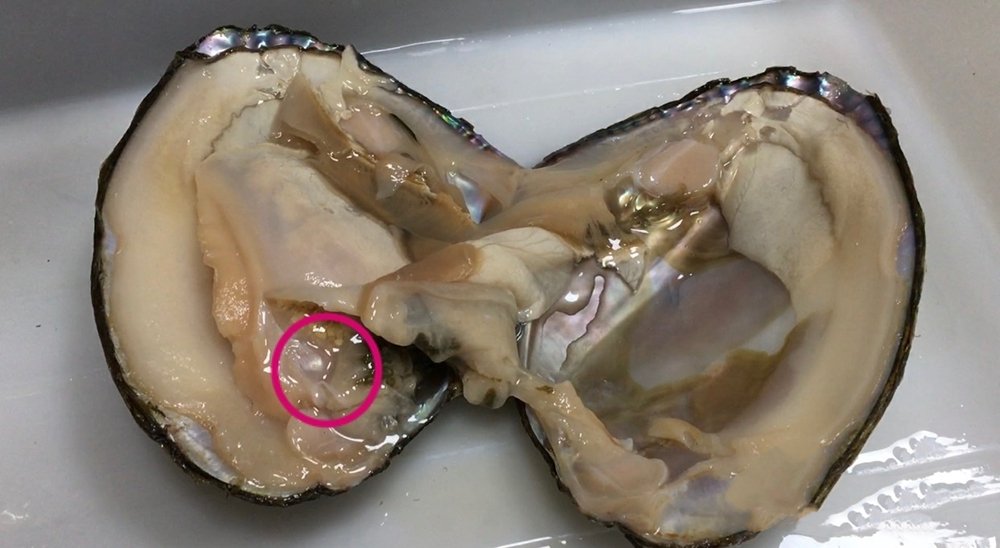
Edison pearl is a freshwater nuclear pearl. Its characteristics are relatively large particles. Basic in 8MM above, 11-14mm is the most common! At present, the mainstream Edison core pearl is basically about 5MM, so that you can use your pearl size minus 5MM can estimate the Pearl layer.
Advantages: wide breeding area, large output, cheap, colorful, and all kinds of brilliant colors!
Disadvantages: if the cultivation time is less than 3 years of Edison pearl, color retention ability is not strong, easy to color, and the pearl skin is not so delicate compared with conventional freshwater pearls, easy to appear growth lines.
Nuclear freshwater pearls
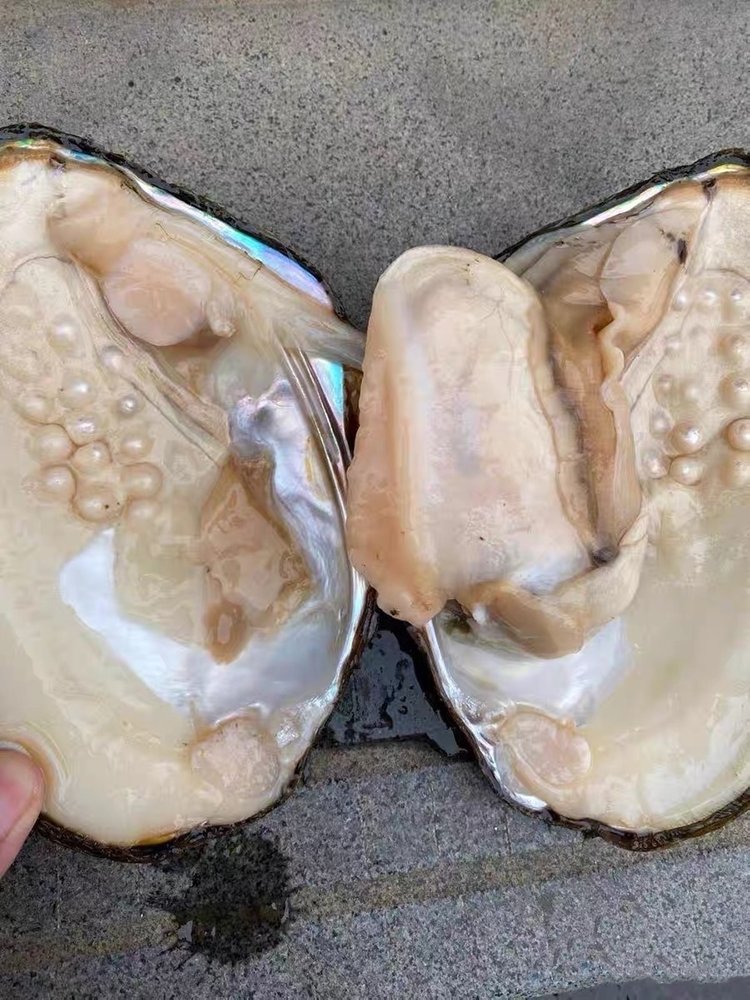
Commonly known as freshwater AK pearls, nuclear freshwater pearls can be understood as a reduced version of Edison pearls or freshwater aquaculture Akoya pearls! It is a new type of pearl developed in recent years. He uses a smaller pearl core implanted mother shell, stimulating the formation of small pearl particles. Compared to Edison pearl mussel, the advantage is a mussel with more beads, smaller particles suitable for processing delicate pearl jewelry. At the same time, compared with ordinary freshwater pearls, the pearl light is more sharp and bright, close to the quality of seawater Akoya pearls. The disadvantage is that the current breeding technology is not very mature, has a low bead rate, relatively thin bead layer, and is more brittle.
Special-shaped freshwater pearls

Special-shaped pearls mainly have button pearls and Baroque pearls formed by the implantation of different pearl nuclei. This kind of pearl has a small audience, loved by people in European and American countries and manual enthusiasts DIY.
Five main types of seawater pearls
Nanyang golden pearl
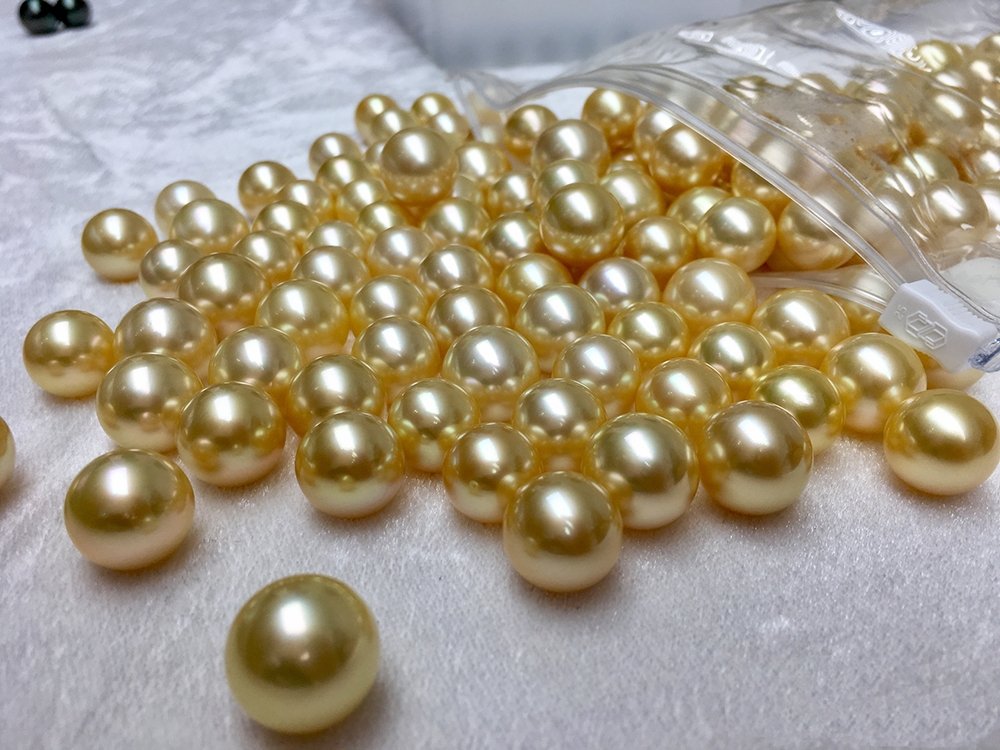
Nanyang golden pearl is mainly produced in Southeast Asian countries. The mother shell is a golden lip shell (a kind of white butterfly shell). Generally speaking, the pearl size is large, 8-10mm is not common, 10-13mm is the most common, the largest can be up to 21MM. Gold bead advantage depends on its color is very expensive gas. The bead layer is thicker because the grain is larger; relatively speaking, the epidermis is also very delicate. The disadvantage lies in the main flow gold bead needs to be imported on the market, so the price is slightly higher. The general positioning is in high-end ornaments.
Tahiti black pearl
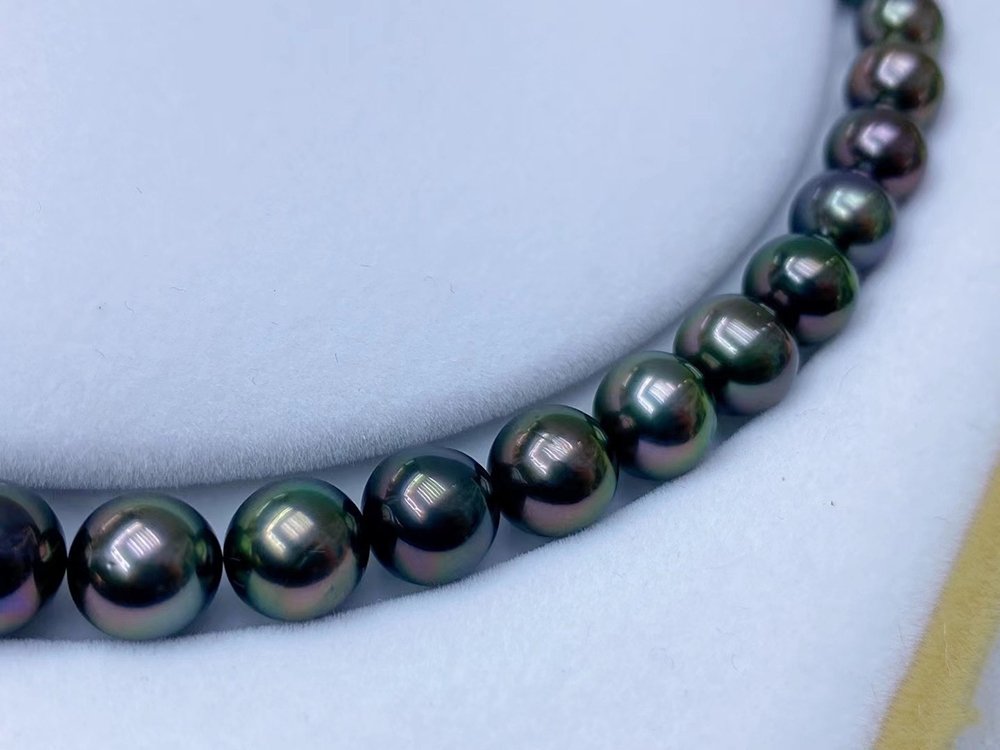
The overall situation of Tahiti black pearl is similar to that of Nanyang gold pearl. The difference is that Tahiti black pearl is mainly produced in the waters around Haiti. The mother shell is also the subbranch of the white butterfly shell — a Black butterfly shell. The main color of Tahiti’s black pearl is black or gray. High-quality black pearls are accompanied by various colors, such as purple and green.
Australian white pearl
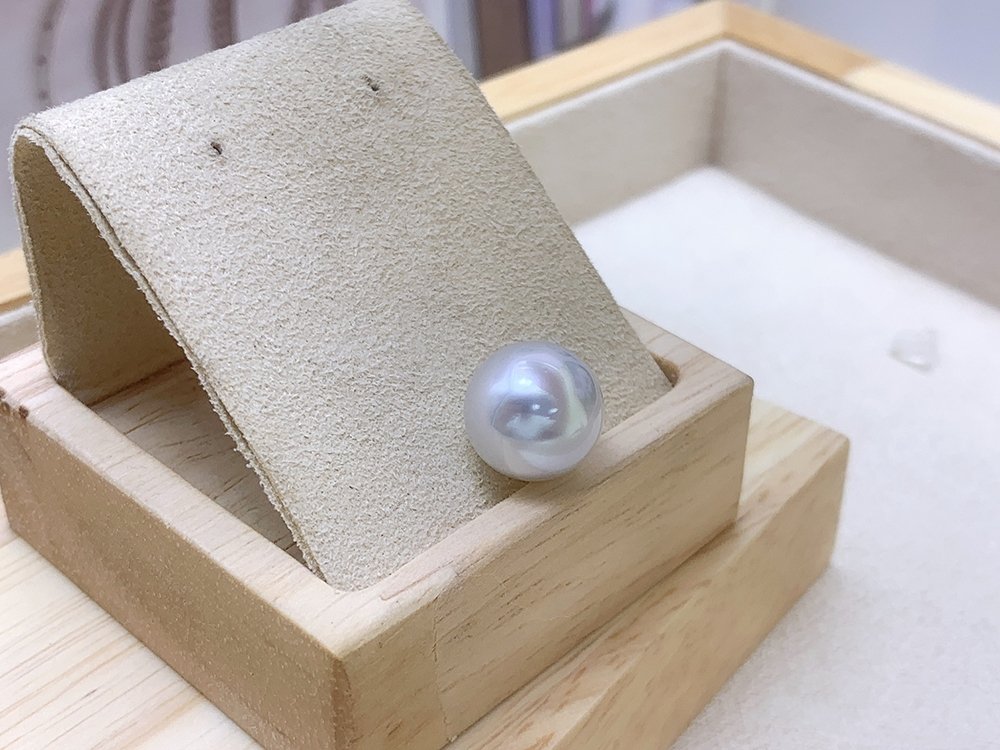
Australian white pearl is mainly found in Australian waters and is produced by the larger white butterfly shell. The bead size is relatively large, about 8-13mm. Australian white, known as the “Pearl Queen”, has always been a relatively high-end presence in the mainstream pearls. Australian white now mainstream cold light Australian white and warm light Australian white two colors, compared to warm light, cold light Australian white-blue light, the price is higher. Warm light Australian white color is mostly pure white through yellowish. The real pearl of Australian white pearl is very delicate. Its bright pearlescent light is the biggest characteristic of Australian white. The disadvantage is that the price is higher, and the production is relatively small.
Akoya sea pearl
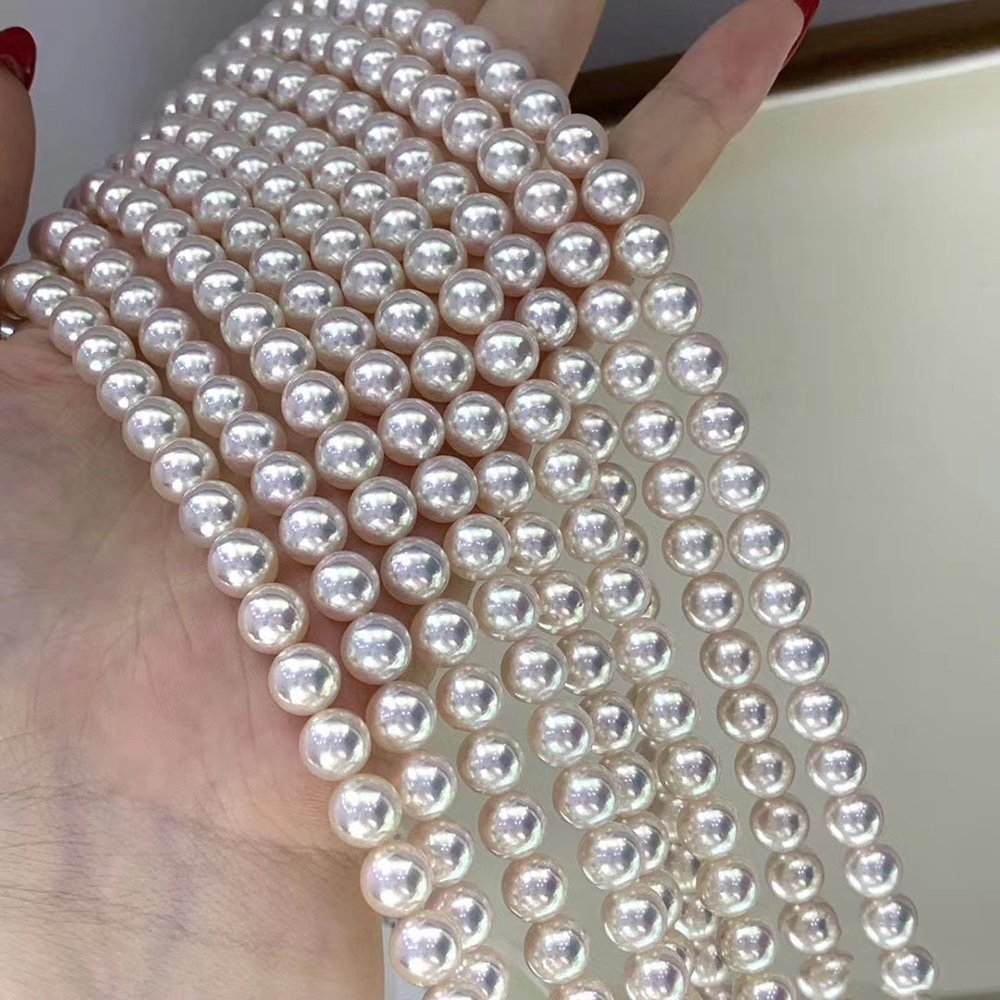
Akoya sea pearl is a popular pearl in China. It is made in Japan and is currently available in white pink (the most classic), champagne gold, and grey-blue (especially true hemp pearl). Akoya is also the mainstream pearl of Okimoto, Taschi, and other big brands. This feature makes Akoya’s overall luster very sharp, known as a “small bulb”, but its disadvantages are also obvious — fragile. There have been many Akoya with pearly wear and leakage of nuclei, and the bead layer is thin after being used up. Akoya pearl skin is not so delicate. If you look carefully, there will be a fine growth texture. Akoya pearls are generally small, basically in 4-9mm, the largest about 10MM!
Mabei pearl
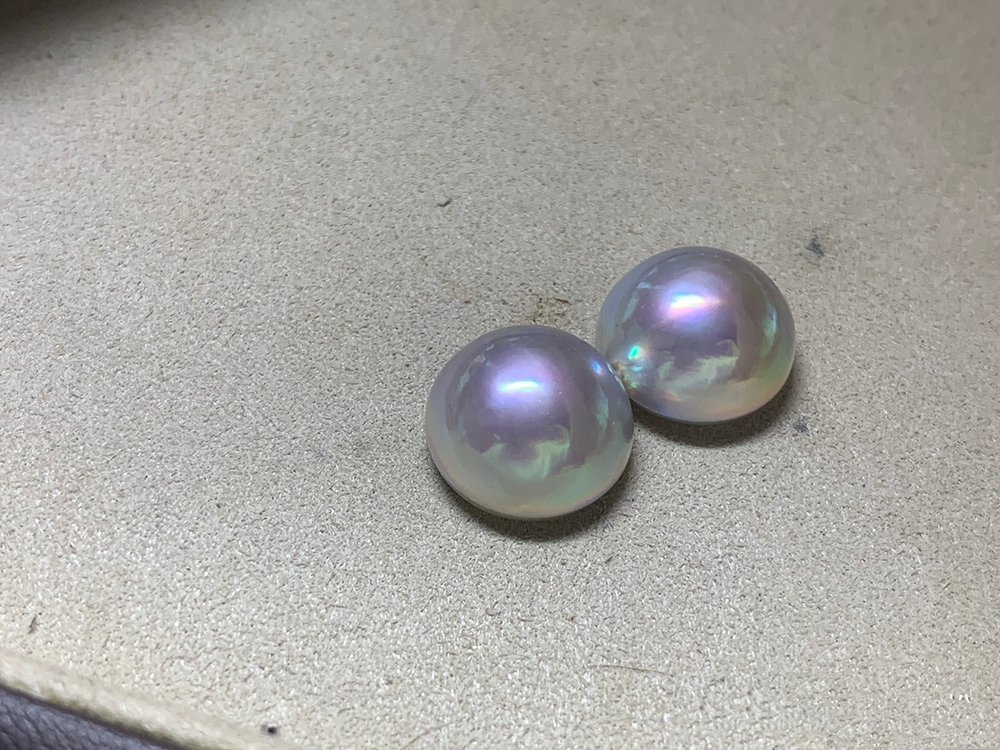
Mabei pearl is a new type of pearl emerging in recent years, characterized by large beads, semicircles, and very bright pearls. Even 10MM maybe be the smallest, and 20MM+ Mabel is also very common. All the backs are made of fused pearls, with the outermost layer made of pearl, the middle filled with silica gel, and the bottom glued with mother-of-pearl cut pieces. Ma Bei act the role of article characteristic is modeling exaggerated, have design feeling very much, suit tie-in evening dress to wait. The current price is more expensive.
Processing technology of pearls
At present, the mainstream pearl processing technology has cleaning, bleaching, polishing,and other processes. I have met many friends who say that I want to buy pure natural pearls without any processing. Pearls and jade, no processing completely there is no way to call it strictly jewelry (this is why many friends in the open clam feeling after received the pearls without a jewelry store to buy good reason, because the pearl jewelry store is through deep processing, and directly open clam beads, due to time and cost, can’t for further processing, Can only be called pearl raw material, not jewelry.
Normal processing technology of pearls
Step 1: After the pearl is taken out of the clam, the workers of the clam farm will directly clean the pearl. This step is to wash away the mixed clam meat, clamshell, and so on.
Step 2: fine washing, fine washing here we have a professional machine, commonly known as the vibration machine, put the pearl in, mixed detergent, salt, water, and then under the action of the machine, the pearl, and salt, as well as the pearl and the pearl between the slight friction, remove the surface of the pearl and organic matter.
Step 3: Use the machine to classify the size of pearls. Generally, a few millimeters are called points. For example, 9 is 9mm-10mm, and 8 is 8mm-9mm.
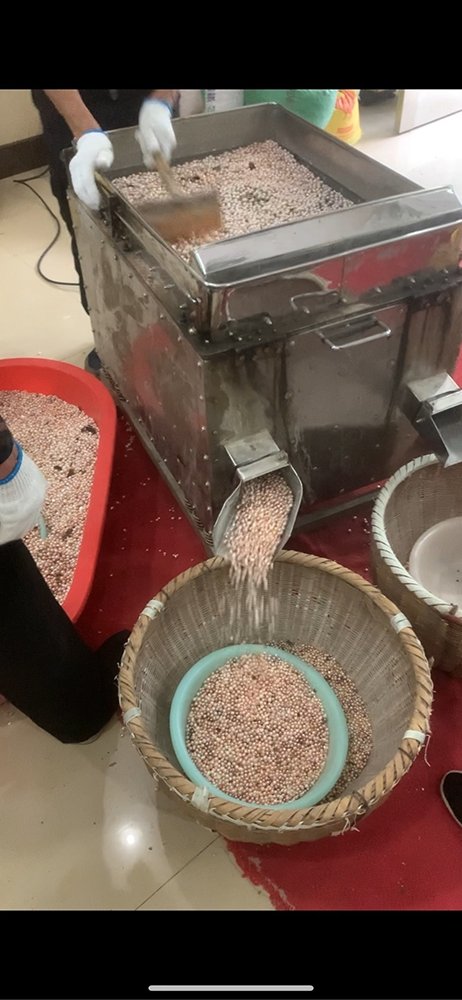
Distinguishing the pearl size is the most troublesome step. According to the quality of pearl classification, this part of the work, currently only by the experienced pearl picking workers, is to classify the pearl according to the shape, roundness, defect degree, pearlescent, etc.
Step 4: Start bleaching the pearl; pearl bleaching is a very common pearl processing process. Many customers may think that only cheap and cheap pearls can be bleached. Whether expensive Australian white pearls, Akoya pearls, or relatively cheap freshwater pearls, mainly white or white-pink, are all bleached. Because natural pearl is slightly milked yellow, only through bleaching processing can whiten powder. And it’s a little secret that each house has its special bleaching ratio. (Japan’s Akoya pearls are so pink, thanks to their excellent bleaching process.) If you must have natural pearls, you have to buy colored pearls, which are certainly not bleached!
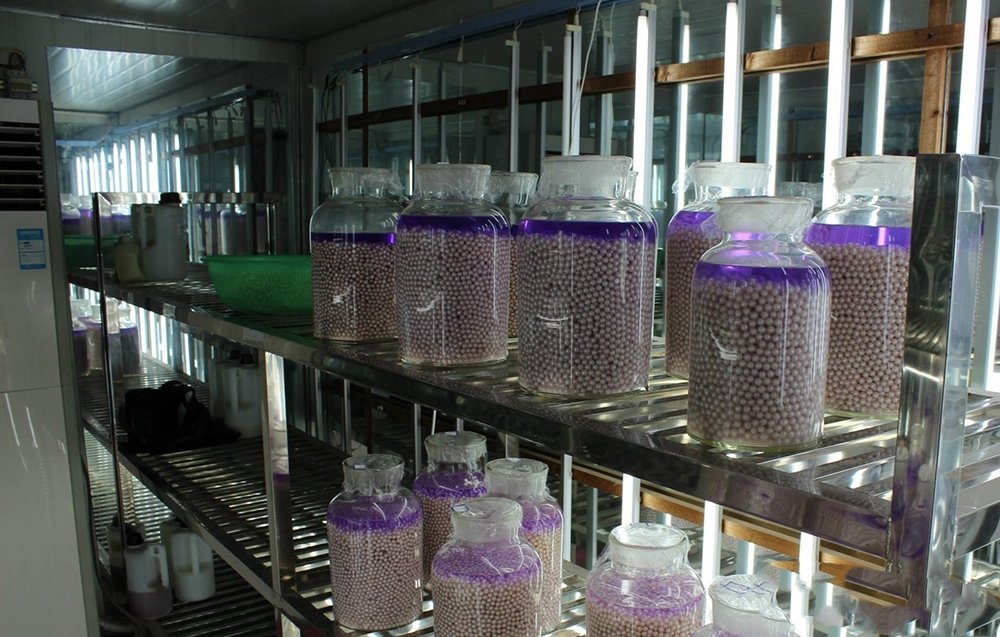
Step 5: gloss processing. Hearing the word “brightening”, many people may wonder this processing step is completely different from what you think. His principle is mainly to use organic solvents, such as acetone, to remove the organic matter in the pores on the surface of the pearl, to make the pearl surface delicate and bright. Just like you, use cleansing milk to remove mites so that the skin becomes more fair and bright! (Brightening is also put in front of bleaching manufacturers)
Step 6: for pearl drilling, generally speaking, do earrings, pendant pearl will play the half hole, do necklace and other pearls will play perforation, this is why the general necklace pearl is cheaper than fine pearl because he can play on the perforation, knock off two defects.

Step 7: polishing pearl, polishing principle, and a principle of gold processing, the hair wheel station is waxing polishing with high-speed rotation. This step is to improve the brightness of the pearl further and slow down the pearl oxidation rate!
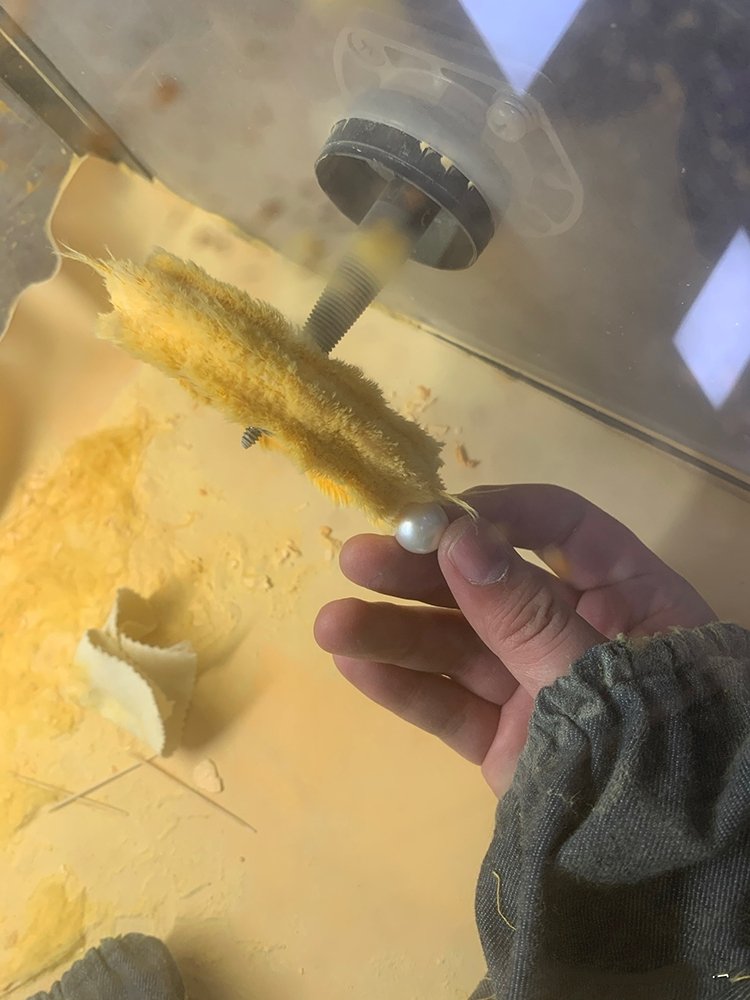
The above is the normal process of pearl processing which is a processing step that almost every pearl has to go through. The above processing step also does not need to add harmful substances to the human body, so you can rest assured to buy, do not worry.
Abnormal processing technology in pearls
The first is dyed pearls ; plastic pearls and pearl powder synthetic pearls will not be discussed for the moment, there are many identification methods online, note that it is not recommended to use a knife scraping identification method to damage the pearl surface. The principle of dyeing pearls is to use poor pearl, dyed yan posing as seawater pearls, common posing as gold, black. Dyed pearls generally have thick skin, which makes them feel slightly astringent. No natural pearl smooth feel. Dyed pearls through the method of identification are also very good identification.
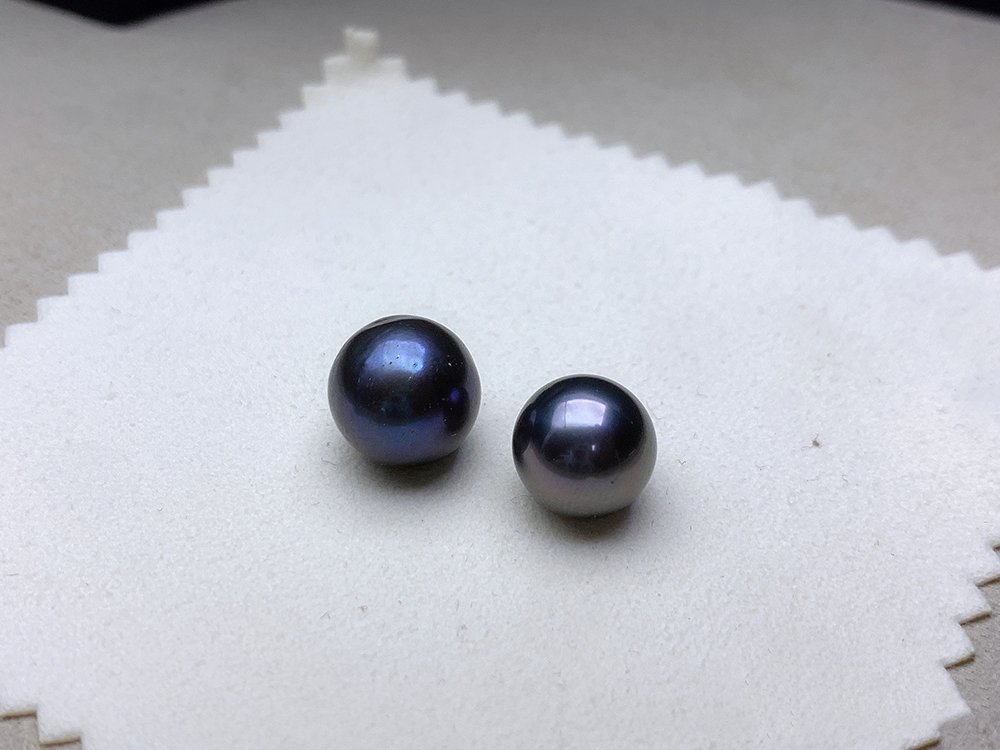
The second is the electroplating process; this process mainly appears in all white pearl necklaces; we all know that the soul of the pearl is a pearl. The craft, because of the cheap pearl is congenital weak light, it through in the soft light pearl surface spray a layer of glaze layer, from to achieve the effect of brightness, such processing necklace, received the goods is very bright, but take a few days, You will find that pearlescent reduction very fast. The way to avoid buying this necklace is to use a glasses cloth or thick cloth to rub the bottom several pearls. If there is no change, it is not an electroplating necklace. If the pearl becomes not bright instantly, it is estimated to be fake, so be extra careful!
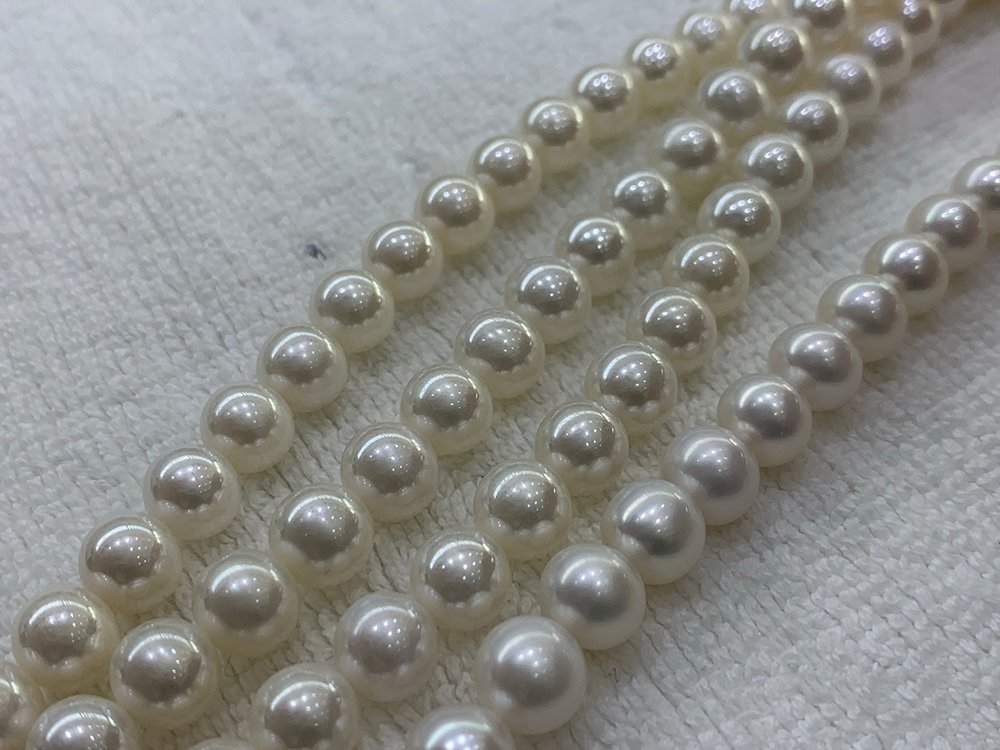
The third is to optimize the process; this process mainly appears in the thick gold beads, really many flaxes above. Its principle is through irradiation, baking, and other processes. The original color of the light pearl color becomes darker to sell better prices. This kind of pearl processed by the naked eye is difficult to distinguish; it is suggested that the seller can ask for the certificate of identification or take it for reinspection.
